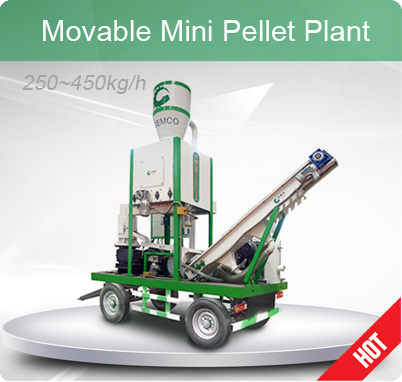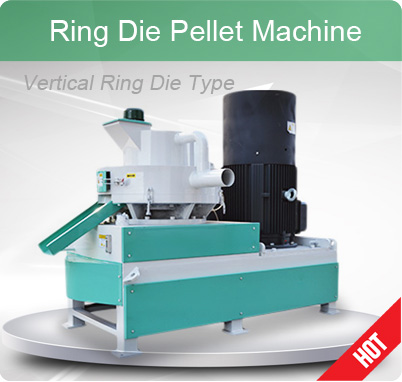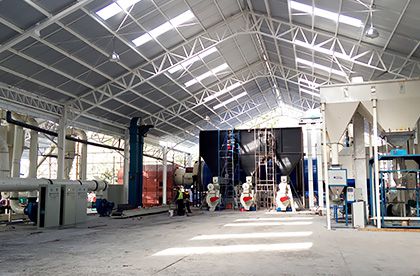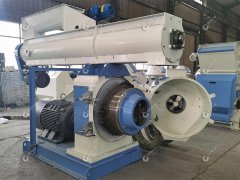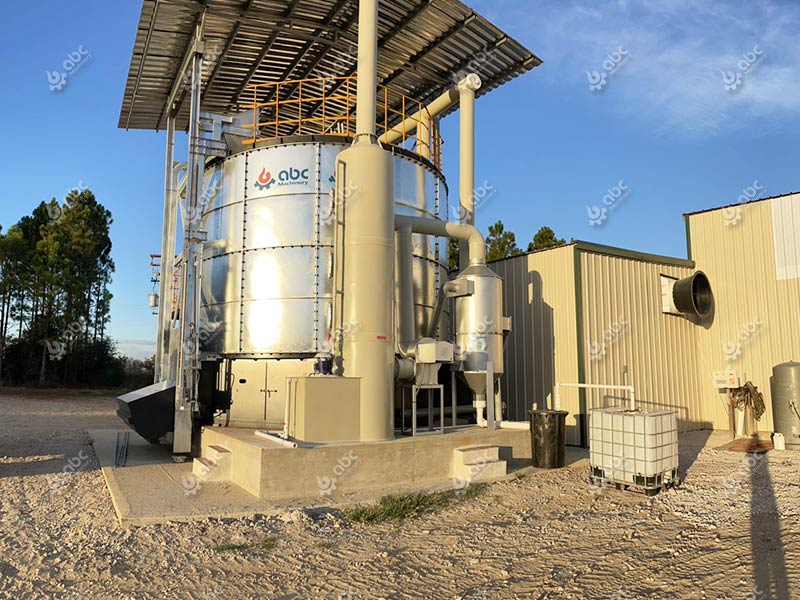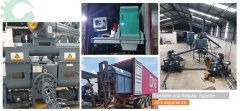Tips for Wood Pellet Making Machine Maintenance and Care
Though everyone wants their wood pellet making machine to work in the best and ideal condition all the time. However, a variety of reasons determine that the wear and tear of wood pellet making machine is unavoidable in pellet making process. (Link to Causes of Wear and Tear of Biomass Pellet Making Machine>>) In order to minimize the wear and tear of pellet making machines, making pellet manufacturers should actively learn some professional biomass pellet making mill repair methods and maintenance tips. Next are some tips and care methods to reduce the wear and tear of pellet making machinery that are introduced.
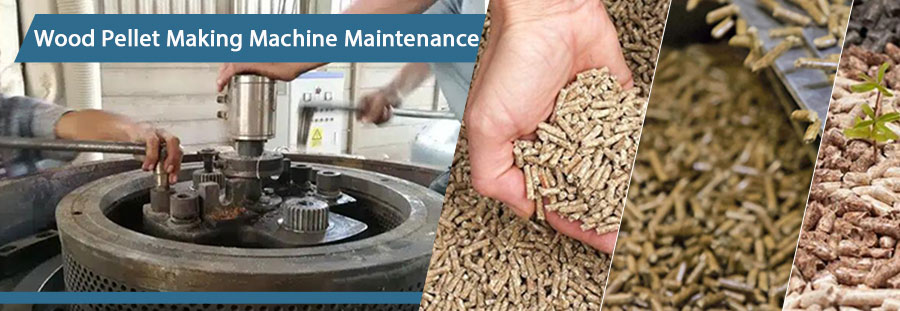
Wood Pellet Making Machinery Maintenance and Care
Selecting the Right Raw Materials for Wood Pellet Processing
When choosing raw materials, you should choose the appropriate raw materials according to the capacity of the industrial pellet making machine. Usually producing hard, too high humidity or too sticky feedstock is abrasive to the pellet press machine. (Learn more Properties of Wood Pellet Feedstock>>)
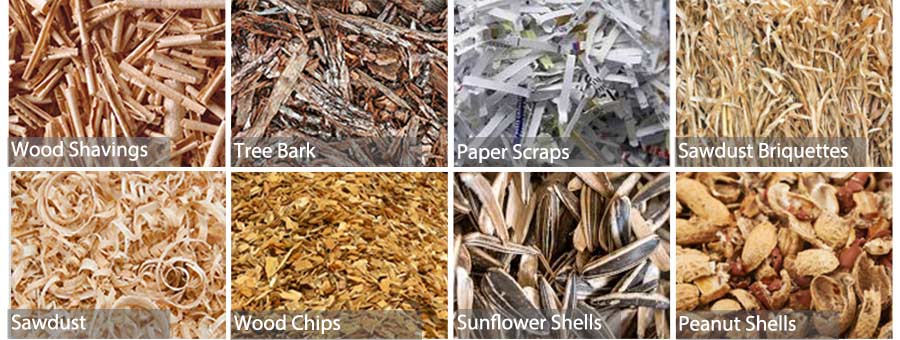
Raw Materials for Making Biomass Fuel Pellets
- Reduce the Size of Wood Pellet Feedstock:
This requires large size raw material to be crushed before entering the pelletizer mill for processing. For example, if you want to manufacture wood pellets with a diameter of 6mm, ideally the raw material size should be 4mm.
- Control the Moisture Content of Wood Pellet Raw Material:
Too high or too low moisture content will bring adverse effects. If the moisture content of the feedstock is too high, the process requires more energy to evaporate the water and the pellet mill needs to work harder to handle the wet feedstock. This can lead to increased energy consumption and reduced productivity. Too low a moisture content results in pellets that are too fragile and easily broken. Therefore, the moisture content of the raw material should also be controlled at 10%-20% as the best.
- Reduce the Viscosity of Granule Material:
Too viscous raw materials may lead to pellet making equipment clogging and wear, uneven particles and increased compression energy consumption. Therefore, in order to solve the problem of viscous raw materials, you can add some drying agents, such as wood chips, rice husk, etc. can reduce the viscosity of raw materials. In addition, adjusting the parameters of the pellet maker mill, such as increasing the temperature of the hopper, increasing the pressure of the pellet maker machinery, and decreasing the discharge rate can also counteract the problem of overly sticky feedstock. However, if the sticky feedstock problem cannot be solved, the biomass pellet plant will need to change the feedstock supply chain.
Contact us for more information on biomass pellet feedstock for free! You can also send raw materials to our factory for trial processing.
Standardizing Wood Pellet Making Machine Operation and Maintenance
Ensuring reliable operation and long service life of wood pellet manufacturing equipment involves following standardized steps for operation and maintenance, including employee training and equipment maintenance.

Staff Training and Pellet Making Maintenance
- Train Workers on The Pellet Production Line
Conduct employee training, including equipment operation training and safety awareness training. Equipment operation training includes topics such as starting, stopping, adjusting and emergency troubleshooting. Operator training is conducted regularly to ensure that operators are aware of the latest operating procedures and safety protocols for the equipment. It is also the responsibility of a good company to provide safety awareness training to its employees. Safety Awareness Training provides safety training related to the operation and maintenance of equipment, including how to use Personal Protective Equipment (PPE), action plans for emergencies, and more.
- Perform Regular Maintenance and Upkeep on Pellet Making Equipment
Establish a regular inspection program. Check the equipment for noises, vibrations or leaks, as well as for loose bolts or connections. Wood pellet manufacturers should also check the lubrication system and change the oil or grease regularly. In addition to this, wood pellet manufacturers should also pay attention to monitoring the wear and tear of wear-prone parts such as pellet mill knives, hammer blades, screens, etc., and regularly replace parts that are badly worn.
Pellet mill maintenance strategy
| Maintenance Strategies | Equipment Estimated Life Extension | Recommended Ratings |
|---|---|---|
| Regular Lubrication | 10% | High |
| Material Screening and Cleaning | 15% | High |
| Unit Cooling System | 8% | Medium |
| Use of High Quality Components | 20% | High |
| Equipped with Vibration Monitoring System | 12% | Medium |
Learn the content of employee training and the method of testing the machine for free.
Choosing the Appropriate Wood Pellet Making Machinery Based on Production Volume
Depending on the output, choose a pellet making mill that suits the production needs in order to minimize overloaded operation and thus reduce wear and tear. Taking GEMCO pellet machine as an example, the flat die pellet mill and ring die pellet mill, as the standing machines in wood pellet processing plants, differ in terms of output and energy consumption. The wood pellet making plant should determine the target production at the beginning, not to buy a small pellet mill to complete the large-scale production. If you want to increase production at a later stage, you should contact the wood pellet making machine supplier again to expand the production line instead of blindly increasing production.
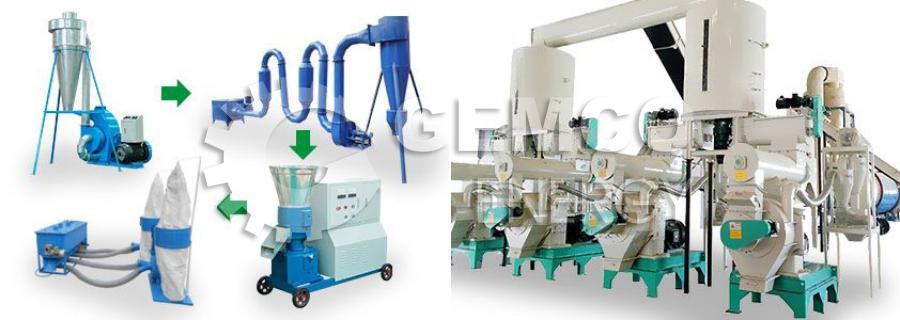
Small Pellet Production Line & Large Pellet Production Line
| Project | Capacity |
|---|---|
| Flat Die Pellet Mill | 60-1000KG/H |
| Ring Die Pellet Mill | 1-2.5T/H |
| Mobile Pellet Plant | 200-600KG/H |
| Small Pellet Plant | 200-1000KG/H |
| Large Pellet Production Line | 1-40T/H |
Contact us free of charge to learn about the output of configurations for different sized wood pellet plants. You can also get wood pellet making process PDF for free.
Optimal Selection of Wear-Resistant Materials for Wood Pellet Making Mill
In the production of pellet maker machines, how to make a pellet making machine more wear-resistant has always been a concern for pellet making machine manufacturers. In general, the selection of wear-resistant materials is used to reduce the wear and tear of biomass pellet maker equipment.
- High Chrome Alloy Steel: high chrome alloy steel has excellent hardness and wear resistance properties, and is commonly used for knives, hammer blades and wear parts inside the biomass pellet press mill.
- Tungsten Carbide Alloys: Tungsten carbide alloys have excellent hardness and wear resistance and are commonly used in biomass pellet mill knives and hammer blades. They are able to excel in the handling of hard wood.
- High Wear Polymers: Biomass pellet making equipment components can be coated with high-wear polymers. These polymers typically have good wear and impact resistance.
- Wear and heat resistant alloys: Wear and heat resistant alloys maintain strength and hardness at high temperatures.
- Hard Surface Coatings: The application of hard surface coatings (e.g. tungsten carbide or silicon nitride) to the surface of biomass pellet machinery components can significantly improve wear resistance.
- High Strength Stainless Steel: When handling wet feedstocks, selecting high strength stainless steel components can prevent corrosion and reduce wear.
- Ultra-High Molecular Weight Polyethylene (UHMWPE): This polymer has excellent wear resistance and self-lubricating properties, and is commonly used for internal liners and sliding parts in biomass pellet making machine.
Sales: Just the Beginning, Service: Never-ending
Whether you are a veteran who already owns your own wood pellet plant or a novice who is planning to start a wood pellet production plant, you may be worried about the maintenance and overhaul of your wood pellet mill or worried about future after-sales service. Therefore, we sincerely recommend you to choose GEMCO, as a high quality but low cost pellet making machine supplier and biomass pellet production line manufacturer with nearly 30 years' experience. We have many successful cases in the UK, Australia, Malaysia, Vietnam, South Africa and other countries. These successful experiences make us more professional to provide you with a full range of services.
We provide market analysis, consultation before plant construction, and recommendation and installation of pellet making lines. Not only that, we also provide professional online and offline after-sales service to ensure that your wood pellet making plant can be kept in the best condition and continue to operate efficiently. If you need anything, don't hesitate to contact us. We will provide free and professional answers!



